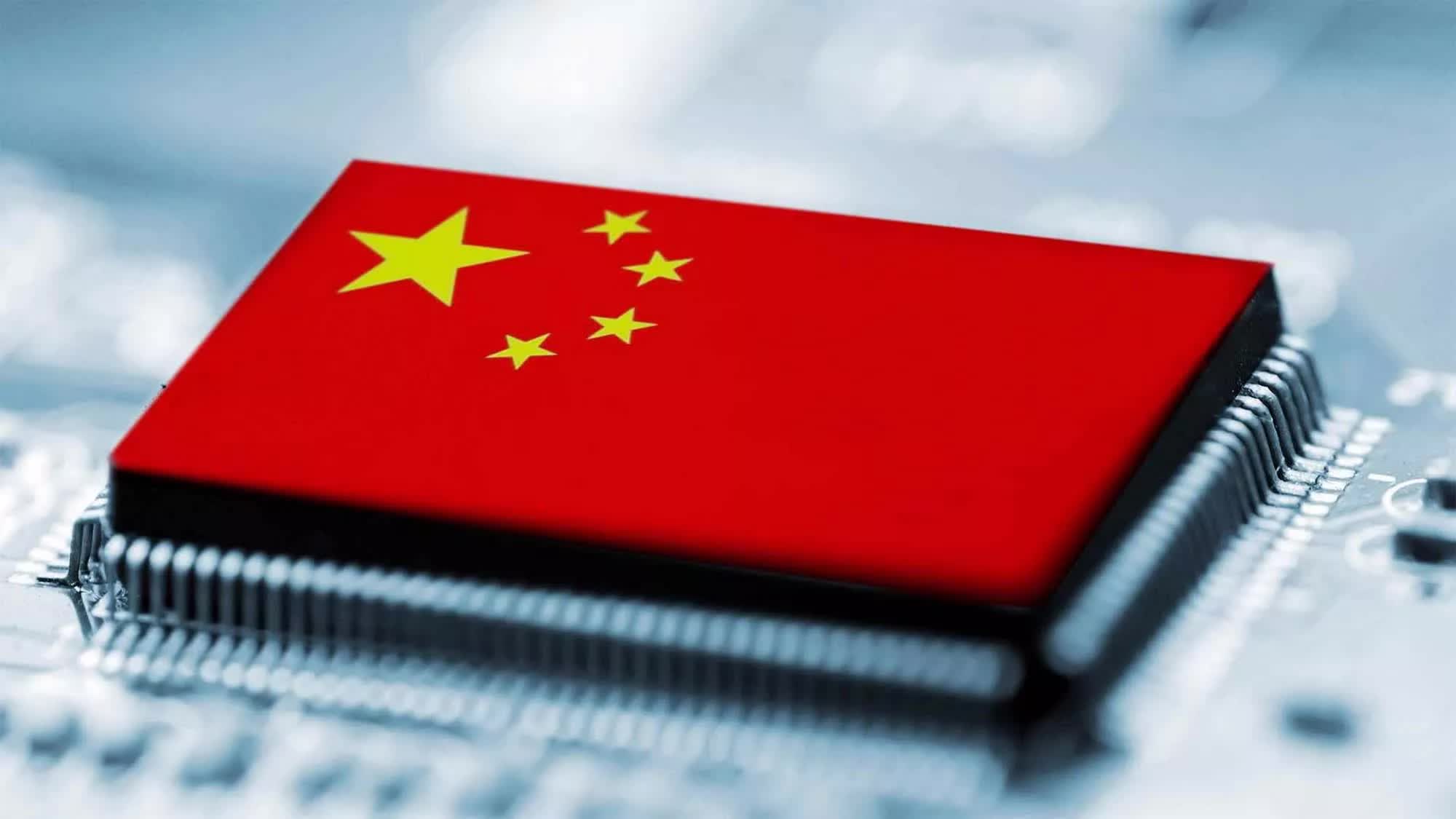In brief: Beijing was the setting for some bold claims from Loongson this week about its homegrown processor lineup. The Chinese tech firm says it has leveled up its CPU intellectual property in a big way, without relying on any third-party sources. It’s an ambitious goal to take on the heavyweights of x86 and Arm with its “Dragon” architecture.
Loongson Vice President Zhang Ge revealed that the company has made huge strides in single-core performance through its R&D efforts. While admitting that its chips lag mainstream offerings in multi-core grunt, Loongson claims its latest iterations have seen up to a 20x gain in single-core capabilities.
The newly-launched 3B6600 and 3B7000 processors were shown off as examples of this progress. The mobile-focused 3B6600 packs eight LA864 cores ticking at 3 GHz along with integrated “LG200” graphics. Meanwhile, the likely desktop-bound 3B7000 is slim on details other than a boost up to 3.5GHz clock speed and modern interfaces like PCIe 4.0, SATA 3.0, USB 3.0, GMAC, and HDMI support.
The integrated GPU front is also getting an overhaul at Loongson. Its new graphics architecture will support OpenGL 4.0, OpenCL 3.0, and debut with INT8 tensor cores to accelerate AI workloads. The iGPU itself tops out at a respectable 256 GFLOPS, while a discrete card using the same GPU could reach a hefty 1 TFLOP of compute power for intensive tasks.
Last year saw the launch of Loongson’s 3A6000 chip, a quad-core CPU at 2.5GHz. Performance benchmarks from a Chinese testing agency purportedly put it on par with 2020’s Intel 10th-gen quad-core CPUs. The 3A6000 uses Loongson’s LoongArch ISA derived from MIPS, achieving scores like 43.1/54.6 in single-thread SPEC tests and 7400 in Unixbench.
If Loongson’s performance claims prove accurate, these chips could make a serious dent in China’s reliance on foreign silicon from the likes of Intel, AMD, Arm, and Nvidia.
With the Chinese government already blocking Intel/AMD products in some key sectors and aggressively pushing domestic chip alternatives, Loongson’s homegrown solutions have the potential to proliferate in the lucrative education and government markets. We may even see these CPUs and GPUs start hitting mainstream consumer PCs across China before long.

